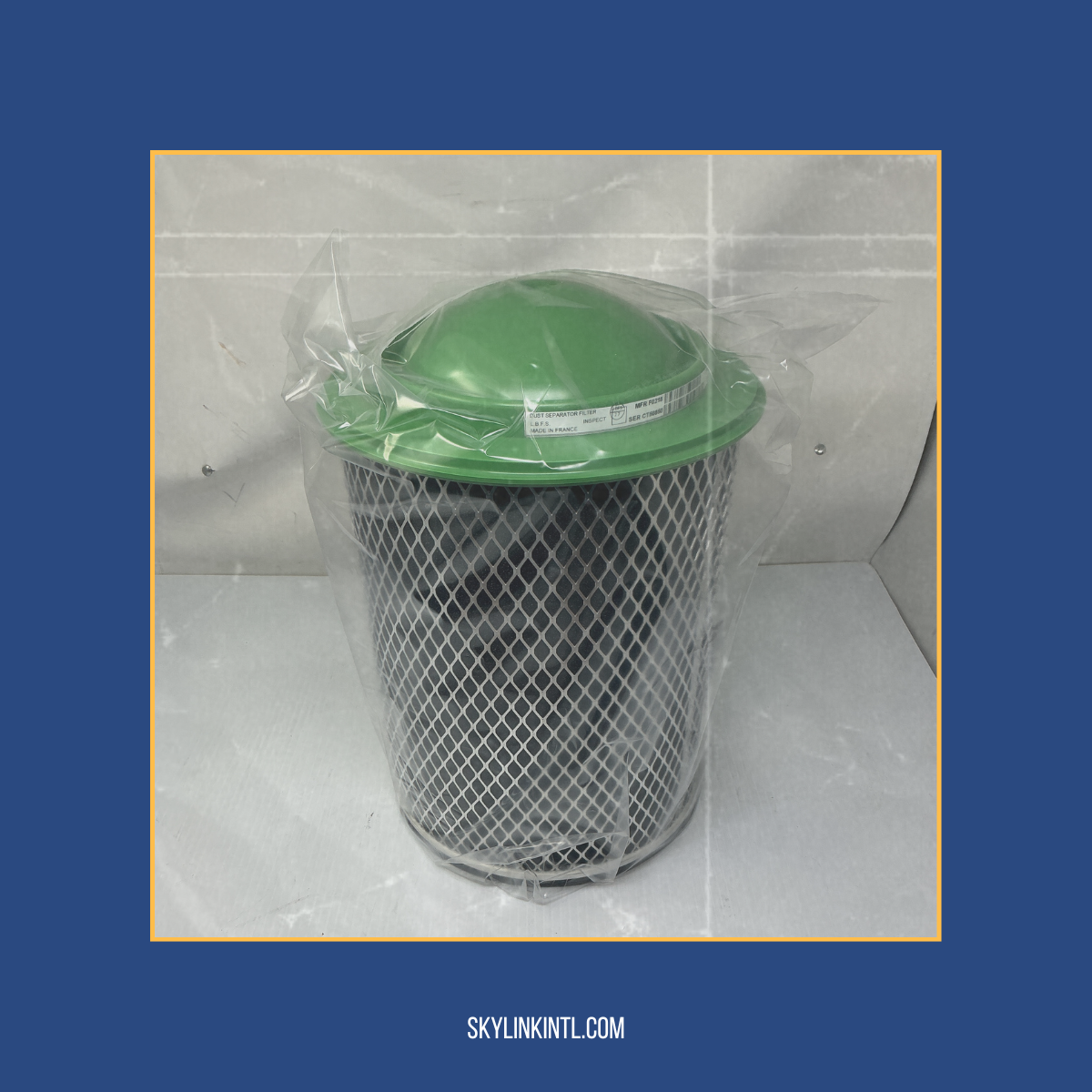Ever send an RFQ and watch it vanish like a wrench in a hangar cleanup?
You fire off what seems like a straightforward request. Part number, quantity, and delivery date.
Simple, right?
Then you wait. And wait.
Three days later, you're still staring at an empty inbox while your aircraft sits grounded, bleeding money by the hour.
I've watched this nightmare play out hundreds of times.
Material and procurement teams are scrambling for parts while their RFQs collect digital dust somewhere in a supplier's email.
The frustrating part?
The Real Problem: Your RFQ Is Working Against You
Here's what actually happens to most RFQs.
They land in a supplier's inbox, and within 30 seconds, someone makes a decision: "Easy quote" or "Problem quote."
Guess which pile gets attention first?
Your RFQ becomes a "problem quote" the moment it forces suppliers to hunt for missing information, make assumptions about your requirements, or navigate unclear specifications.
And everything gets worse if you never reply and never place an order.
While you're waiting for responses, your request sits in the "figure this out later" or “delete” pile.
I learned this the hard way during an AOG situation three years ago. A critical engine component, the aircraft was grounded at a major hub, and my "urgent" RFQ sat unanswered for two days.
When I finally called the supplier, they said, "We couldn't meet your requirements, so we didn't reply to your request."
Yes, it is often standard to No Quote, or quote whatever you have (which can be a waste of time if it doesn't meet specific requirements), but this person just decided to ignore me.
Two days of downtime.
Thousands in losses.
All because my RFQ didn't speak their language.
The truth is, most RFQ delays aren't just about part availability—they're often about the clarity of information.
Here’s how to stop your RFQs from dying on someone’s desk—and get the turnaround speed your operations depend on.
Silent Killer #1: Vague or Incomplete RFQs
This is the most common and avoidable RFQ killer.
When an RFQ lands on a supplier’s desk missing key details—such as an accurate part number (yes, that's a thing; we see it time and time again), the quantity needed, condition requirements, or any acceptable alternatives—it puts everything on pause.
The supplier can’t confidently quote, so they either follow up for clarification or deprioritize your request entirely.
What may seem like a minor oversight—such as omitting a dash number or failing to specify acceptable conditions—can add significant friction.
Multiply that across a busy inbox, and your RFQ sinks to the bottom of the pile.
Even worse, you may get misaligned quotes that waste your team’s time or, worse, cause you to award a PO that doesn’t meet your actual needs.
Getting this right means building discipline.
Every RFQ should include full part details, quantity, required condition (new, overhauled, serviceable, etc.), any known acceptable alternates, and context about urgency and tag and trace requirements.
Adding this once saves hours later.
Silent Killer #2: Trace and Cert Requirements That Nobody Talks About
Nothing kills RFQ momentum faster than surprise paperwork requirements.
You receive the perfect quote, accept it, and then mention that you need an FAA 8130-3 "Dual" Release certification.
Suddenly, your supplier needs to cancel the order, prices from alternative vendors vary, and your timeline becomes unmanageable.
What should have been a simple transaction becomes a negotiation marathon.
Different certifications may require different sourcing strategies, costs, and timelines.
Make it clear immediately.
Specify exactly what traceability (e.g., OEM, airline) and certifications you require.
Don't assume suppliers will ask—many will simply quote what they have readily available and deal with certification gaps later.
Indicate whether you require OEM trace, airline removal, ATA 106, FAA 8130-3, EASA Form 1, or dual release.
Even better—if you have flexibility, be sure to note that too.
For example, “OEM trace preferred, but airline traceability and an ATA106 acceptable for non-critical installs.”
That level of precision not only speeds up quoting but also reduces quote rejections and miscommunication across your team.
Silent Killer #3: The Multiple Supplier Chaos Strategy
Broadcasting the same RFQ to all suppliers in your database may seem like an efficient approach.
It's not.
Multiple suppliers receiving identical RFQs often leads to coordination nightmares.
Suppliers waste time calling each other.
Response timelines stretch as everyone waits to see who responds first.
Worse, for scarce materials, multiple competing requests can actually drive prices up.
I've seen procurement teams send the same urgent RFQ to fifty suppliers, thinking they're maximizing their chances of receiving a response.
Instead, they created a coordination mess that delayed quotes or gave them an inflated view of the market price.
Every RFQ needs a few designated material partners.
Just like a flight deck needs a Pilot In Command, your RFQ process needs partners, not just transactional vendors.
Bonus Killer: No Prioritization of High-Impact RFQs
Not every RFQ deserves the same time and energy.
But in many teams, there’s no triage system—just a flat queue of tasks.
This leads to teams spending equal energy chasing quotes for both low-dollar spares and high-value, high-urgency rotables.
The result?
The things that actually matter get delayed.
To fix this, introduce a simple triage model.
Define what constitutes an urgent, high-impact RFQ (AOG, key maintenance project), and give it higher visibility, shorter internal SLAs, and tighter follow-up.
Utilize automation, playbooks, or delegation for low-tier RFQs that don’t significantly impact the outcome.
It’s not about working harder—it’s about processing RFQs smarter.
What a Great RFQ Actually Delivers
At the end of the day, a strong RFQ achieves three key objectives:
Accelerates quote turnaround.
Enhances quote quality.
Positions your team to make informed, accurate purchasing decisions.
That’s what keeps aircraft flying, customers happy, and operating margins intact.
The best operators don’t just expect suppliers to move faster—they empower them to do so by sending RFQs that are clear, complete, and coordinated.
It’s not rocket science.
It’s process discipline.
And in this industry, that’s what separates the reactive buyers from the high-performance teams.
Ready to stop watching your RFQs disappear into black holes?
Let's talk about how Skylink's streamlined quoting process eliminates the guesswork and gets you the parts you need, when you need them.
Contact our team for a quote consultation.




